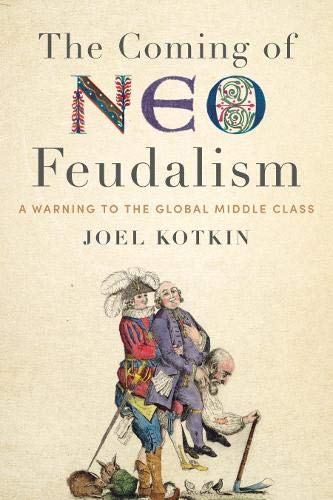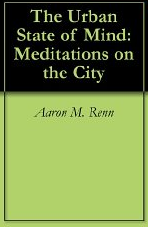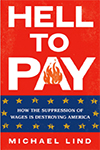
I recently saw a good story about Gary, Indiana on the CityLab website. The article highlights work being done by the University of Notre Dame’s School of Architecture through its Housing and Community Regeneration Initiative.
The HCR’s work in Gary noted that the city had been hurt by numerous one-off projects (Genesis Convention Center, museums, minor league stadiums, casinos) that created little spinoff impact. A quote explaining the HCR’s approach:
“They’re promoting traditional city-building as part of a wider critique. In too many cities, they say, corporate developers have sought a quick return on shoddy, suburbanized projects that were racially and economically segregated as well as unsustainable. Where this process has failed — like Gary — might hold the key to reclaiming a better way of creating urban community.”
I would agree that cities like Gary need to get back to city-building. But there are two big steps cities like Gary need to achieve before getting back into city-building. It must establish an economic future. But more importantly, cities like Gary need to establish a new reason for being.
Cities begin with a reason for being there
There are many cities that came into existence because of a certain quality that distinguished it from other locations. New York City, for example, was founded by the Dutch to serve as a port and trading center that had access to hinterlands via the Hudson River. The port, and the expertise gained from becoming a trading center, made the city a great location for global trade and finance very early on, and continues to this day. Chicago started as a fur trading post, but its location next to an easily transversed mid-continent watershed divide (between the Great Lakes and Mississippi River watersheds) made it a critical transportation link for the middle of a rapidly growing nation. The waterway connection soon grew into an extensive railroad network centered on Chicago, giving it easy access to food produced in the agricultural Midwest for national and global distribution.
In the best cases, cities pivot from one existential function to another, just as New York and Chicago did. Older cities like New York and Chicago aren’t alone in this. Orlando built on its Disney World tourism foundation to expand its role in film, television and entertainment industries, even giving it a foothold into the industrial and high-tech sectors. Legalized gambling made Las Vegas a tourist destination, and eventually into a prime convention destination that fuels its hospitality industry.
But cities founded on manufacturing, like Gary, have really struggled to find the next reason for being. There’s been tons of research on why this is the case. I came across a report written five years ago that explains cities’ reasons for their existence – and continued relevance.
Read Part 2 here.
Read the rest of this piece at The Corner Side Yard.
Pete Saunders is a writer and researcher whose work focuses on urbanism and public policy. Pete has been the editor/publisher of the Corner Side Yard, an urbanist blog, since 2012. Pete is also an urban affairs contributor to Forbes Magazine's online platform. Pete's writings have been published widely in traditional and internet media outlets, including the feature article in the December 2018 issue of Planning Magazine. Pete has more than twenty years' experience in planning, economic development, and community development, with stops in the public, private and non-profit sectors. He lives in Chicago.
Photo: Paul Sableman, via Flickr under CC 2.0 License.












